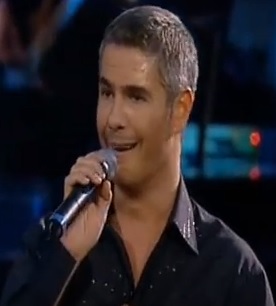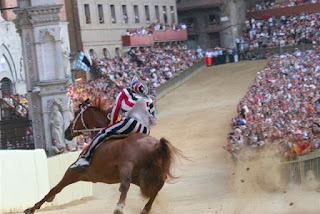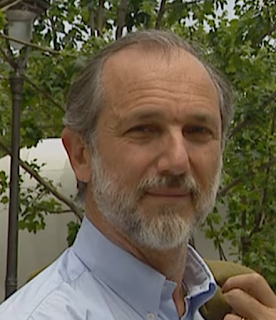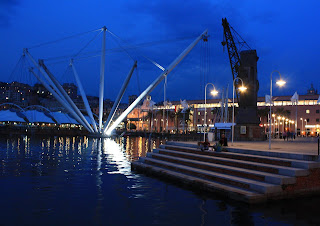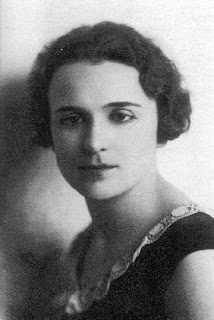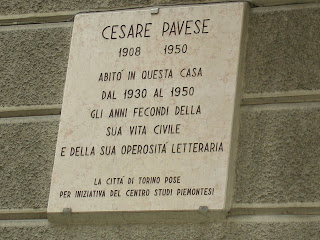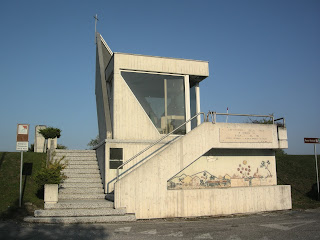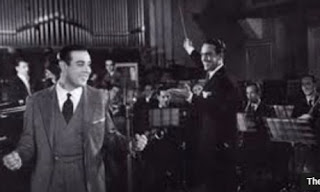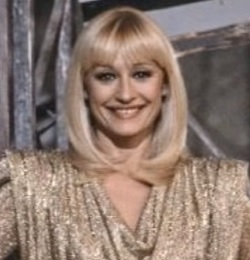Former actress became famous as face of Sunday afternoon
 |
| Mara Venier found fame as host of the Sunday afternoon TV show Domenica In |
Mara Venier, a familiar face on Italian television for more
than 35 years, was born on this day in 1950 in Venice.
The former actress, who made her big-screen debut in 1973,
is best known for presenting the long-running Sunday afternoon variety show
Domenica In, which has been a fixture on the public TV channel Rai Uno since
1976.
Venier, born Mara Povoleri, hosted the show for nine seasons
in four stints between 1993 and 2014. Only Pippo Baudo, something of a
legendary figure in Italian television, has presented more editions.
Fronting Domenica In, which was on air for an incredible six
hours, was not only a test of stamina for the presenter but came with a huge
sense of responsibility. In fact, holding the attention of the viewers was a
patriotic duty, the show’s format having been conceived by the Italian
government, faced with the global oil crisis in the 1970s, as something to tempt citizens to
stay at home rather than use precious fuel for their cars.
Venier had been a movie actress, known largely to audiences
in Italy, for two decades before she was invited to host Domenica In. She enjoyed some success, having made her debut with a nude scene in Sergio Capogna’s Diario di un Italiano in 1973, and gained
good reviews for Abbasso tutti, viva noi (1974), directed by Gino Mangini, and
for Nanni Loy’s comedy Testa o croce (1982).
It was Loy, in fact, who introduced her to television
audiences as the host of an Italian version of Candid Camera on the Mediaset
commercial channel Italia 1 in 1987.
 |
| Venier hosted Domenica In for nine seasons and has fronted many other hit shows |
She became the lead presenter for Domenica In after spending
one season working alongside Luca Giurato and proving a hit with the viewers. Venier quickly became a host in-demand, held
in such high regard that she was chosen as one of the five hosts – one for each
day of the week – for the hit nightly game show Luna Park, alongside Baudo,
Fabrizio Frizzi, Milly Carlucci and Rosanna Lambertucci, all of whom were
high-profile names.
The two shows, and a good deal of other TV work, kept Venier
very busy, although her career stalled in 1998 when she, Baudo and Lambertucci
became embroiled in a scandal over payments made to promote particular products
while on air.
After two years away from Rai, during which she made a
number of programmes for Silvio Berlusconi’s Mediaset channels, she returned to
the public broadcaster in 2000.
She had two more spells fronting Domenica In between 2001
and 2006, although the programme was less successful than it had been in its
early years and Venier left the role in 2006 after
failing to control an argument between two guests that descended into such
foul-mouthed language that the programme was temporarily dropped from the
schedule.
Venier’s presence on the small screen was almost constant,
however, as the host of many concerts, special broadcasts, talk shows and prime-time
regulars such as La vita in diretta – “Life live” and Telethon.
| Mara Venier in her movie acting days |
She hosted Domenica In for the last time in the 2013-14
series, at the end of which she announced she was leaving Rai and rejoining Mediaset on a contract that included the hit Canale 5 shows
L’Isola dei famosi – similar to the UK hit I’m a Celebrity…Get Me Out of Here! –
and Striscia la notizie, as well as a co-host role in the New Year’s Eve show
Capodanno con Gigi D’Alessio.
Nowadays, she is often affectionately referred to as Zia
Mara or “la zia d’Italia” – Italy’s aunt.
Born in Venice, the daughter of a railway worker, Venier
moved to Mestre with her family and became a mother at the age of just 17 when
her daughter, Elisabetta was born. She
married Francesco Ferracini, Elisabetta’s father, and moved to Rome, where he
wanted to pursue an acting career.
The marriage did not last, however. Venier had a son, Paolo, from a relationship
with another actor, Pier Paolo Capponi, before making Jerry Calà, also an actor,
her second husband in 1984.
They divorced in 1987 but since 2006 Venier has been happily
married to the veteran film maker and publisher Nicola Carrara.
 |
| The Piazza Erminio Ferretto in Mestre, looking towards the Torre Civica |
Travel tip:
Mestre’s reputation as a grimly modern industrial centre is
not undeserved and many travellers know little of it beyond the railway
station, which offers trains not only across the lagoon into nearby Venice but
to all places on the mainland. As such,
tourists arriving at Marco Polo airport – or Treviso, for that matter – pass through
in large numbers. Some holidaymakers do use it, however, as a cheap alternative
to staying in Venice and many workers in Venice commute daily from Mestre. Its most appealing area for visitors is
around the main square, the Piazza Erminio Ferretto, a large, rectangular open
space lined with porticoes and pleasant cafes. Nearby is the 18th-century
church of San Lorenzo and the restored Torre Civica.
 |
| The Peggy Guggenheim Collection is housed in the Palazzo Venier dei Leoni on the Grand Canal |
Travel tip:
Mara Povoleri is believed to have taken Venier as a stage
name after the noble Venetian family of the 14th to 16th
centuries, three of whom were Doges – Antonio (1382-1400), Francesco (1554-56)
and Sebastiano (1577-78) – and several of whom were appointed podestà – city ruler
– of Padua. The Fondamenta Sebastiano Venier forms part of the waterfront along
the Canareggio Canal in Venice, while the Peggy Guggenheim Collection, the city’s
famous modern art gallery, is housed in the family’s former palace, Palazzo
Venier dei Leoni.
